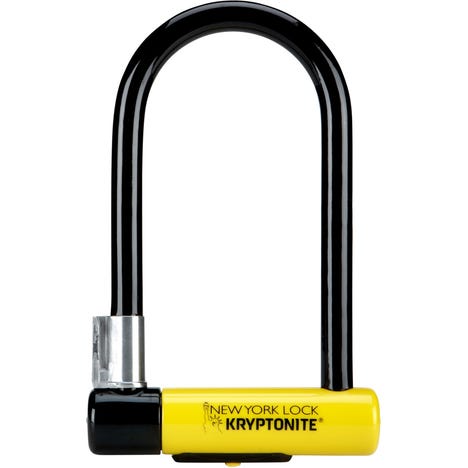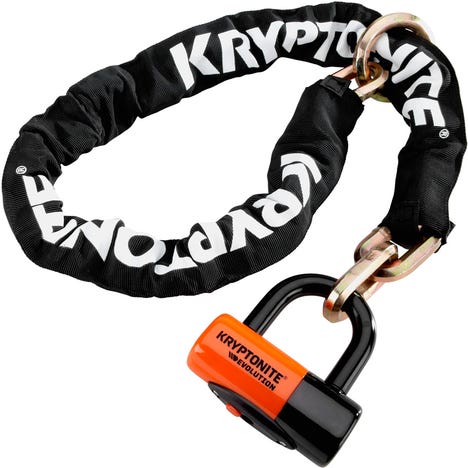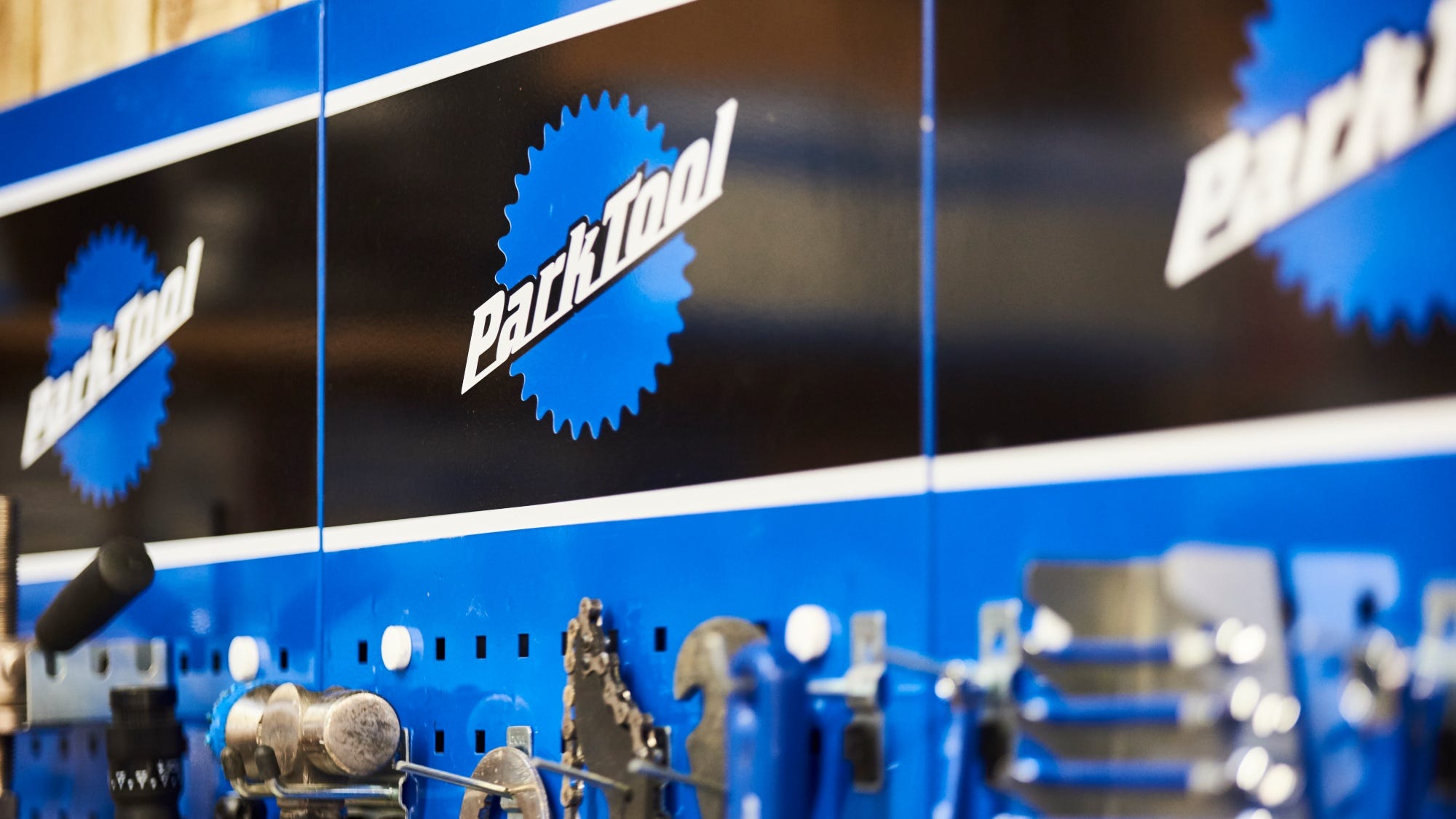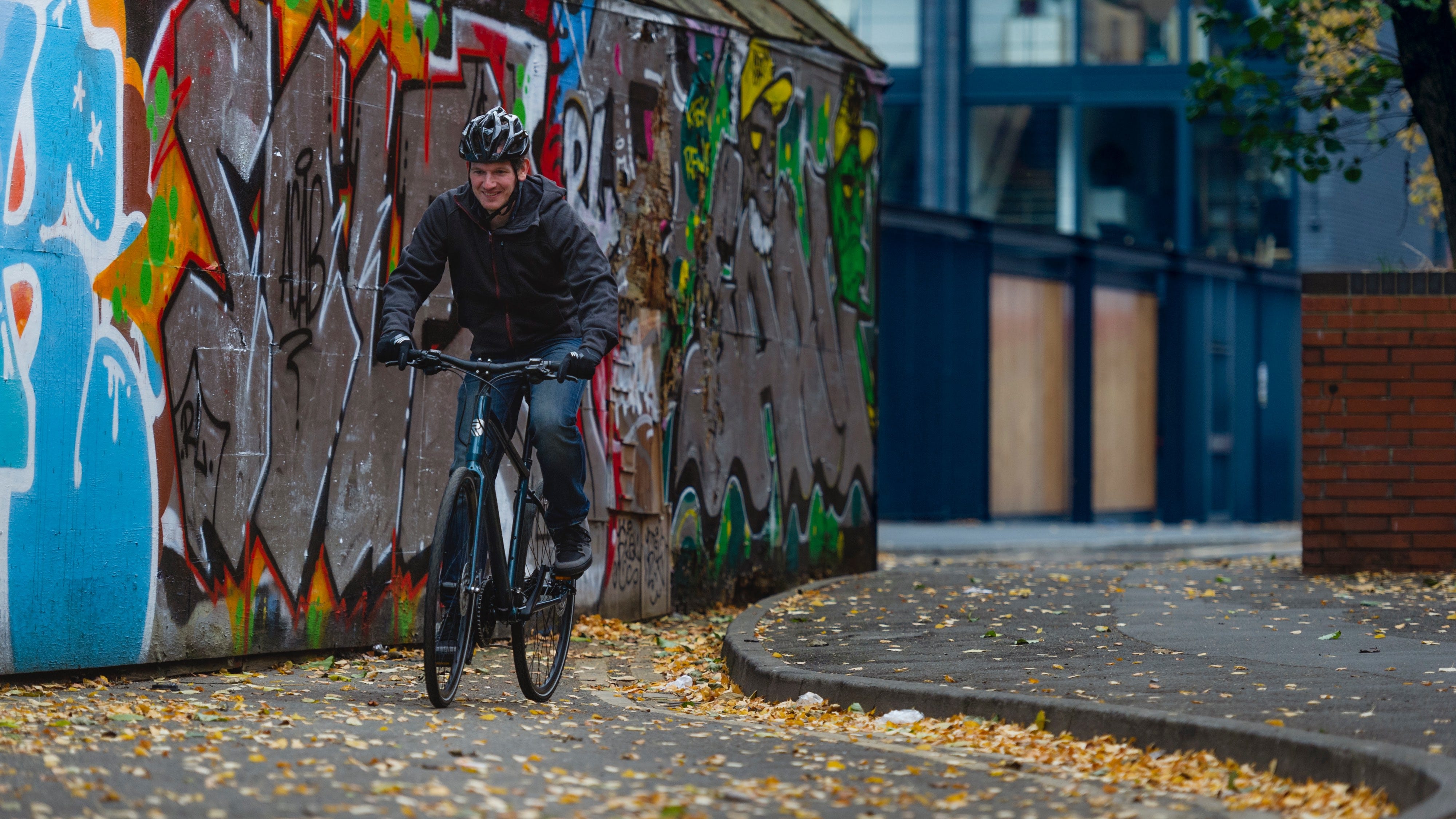Commuting Essentials
Getting started with commuting by bike can be a little overwhelming, so here's our guide to what you need to get started
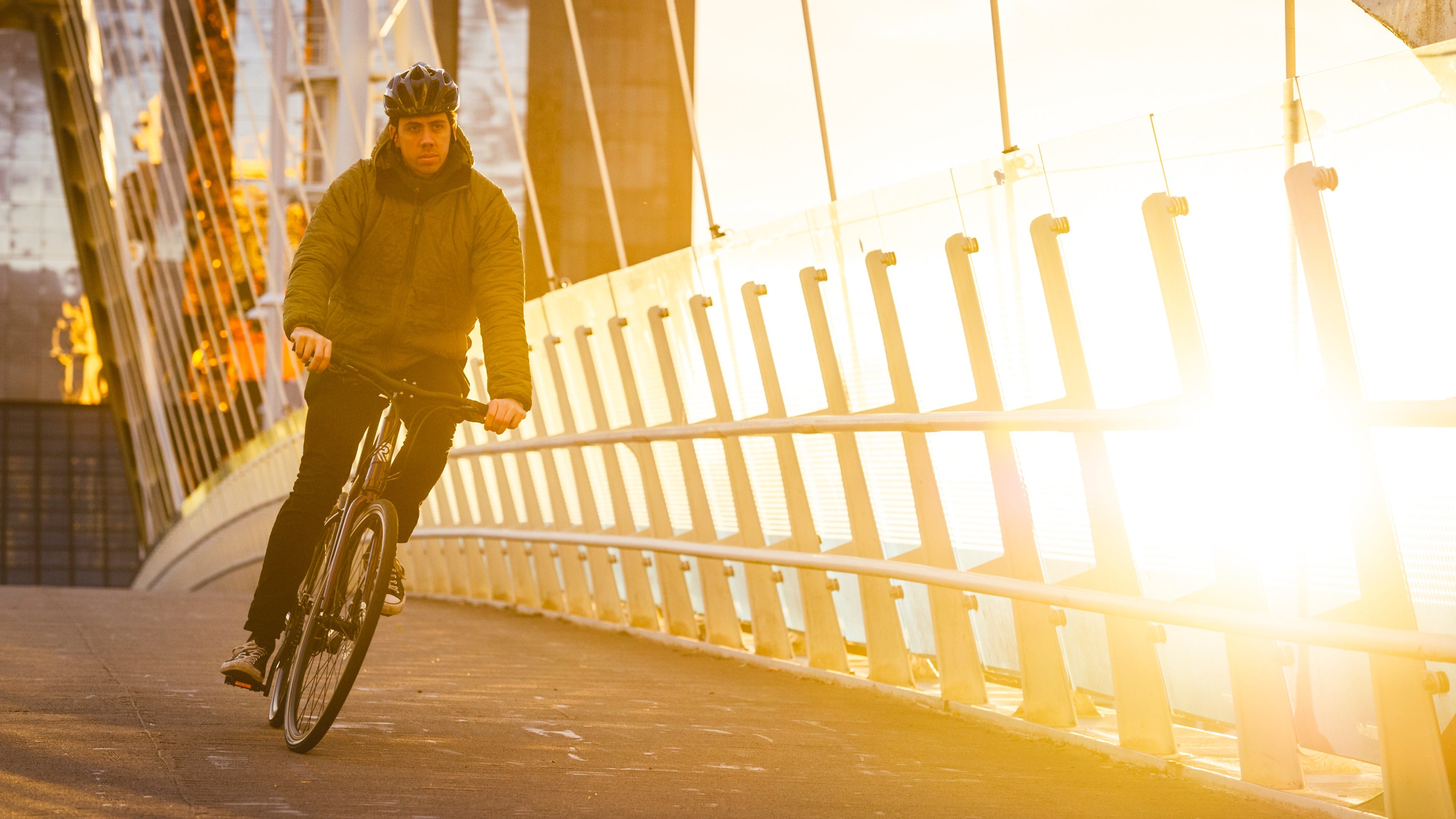
Commuting by bike is great for a whole bunch of reasons; you can improve your fitness, travel under your own power and go where you want, when you want, avoid busy public transport and, of course, it's actually quite good fun. But if you haven't commuted by bike before - or maybe don't even have a bike - it can seem like there a million different things to think about. With that in mind we've put together this guide to help you think about the kit you might need if you want to ride your bike to work.

Bike
Want to commute by bike but not sure which bike you need? You’re in luck, we have a handy guide to choosing a commuting bike right here. It’s actually not as difficult as it may seem. Just have a think about your experience level, what route you want to take, what the terrain on that route is like and you’re most of the way there.
But on top of all that practical advice, remember that you need to buy a bike that you like. If you don’t want to ride it, then there’s no point in having it as at some point you’ll lose that battle to motivate yourself to get out and ride. If you love it you’ll want to ride it as much as you can, and that’s a great place to start.

Tyres
We’ve said this about a million times before but it’s worth saying again: tyres are really important. They’re the only part of the bike that touches the floor and therefore play a main part in making sure that you don’t end up touching the floor in a way that won’t be fun.
Commuting tyres are an interesting one, mostly because commutes vary so wildly that it’s hard to recommend anything that’ll do it all.
One tyre that has a lot of fans is the Continental Gatorskin. These bad boys are made to last and it shows, but the flip side is that the extra strength that they’re built with can make them quite hard to get off and on again if you are unfortunate enough to puncture and need to fix it quickly. Punctures will be few and far between with Gatorskins though so that really is a small worry.

Lock
Even if your workplace has secure cycle parking, you’re still going to want to get a lock. Mostly because if someone breaks into that cycle cage looking to steal bikes, you can bet your life they’re going to grab whatever isn’t locked up first, and you don’t want that to be your bike.
Like almost everything, locks come in a whole variety of shapes and sizes, from smaller ones designed to be more of a deterrent to opportunist thieves, to large, heavy duty bits of kit that will keep you bike safe even when locked up in a garage or on the street.
Kryptonite is one of the biggest lock brands in cycling and they have locks to fill almost any kind of need, no matter how niche. If you want something hardcore that’ll withstand even the most persistent bike-thieving gits, then the New York series of locks are the place to start. Rated Sold Secure Gold, these are in the very highest tier of bicycle security. They not light though (for obvious reasons) so might not be something you want to carry around. Kryptonite have a plethora of other options, though, many of which come with brackets to carry them around on your bike, so check them out and figure out what’s best for your needs.
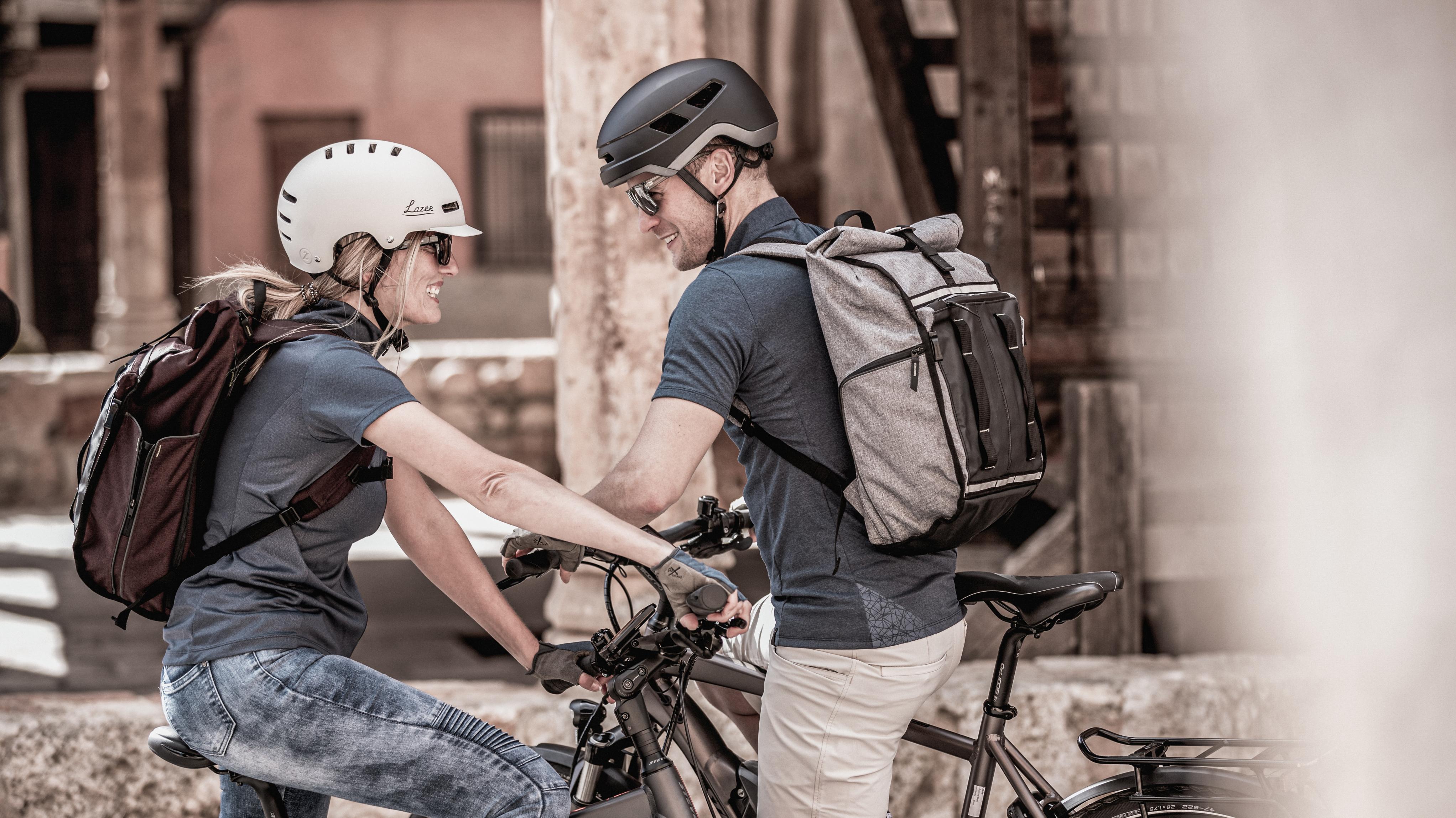
Helmet
Yes, helmets aren’t mandatory but if you’re riding in heavy traffic then having something protecting your head just makes sense. Having cracked two helmets ourselves we wouldn’t dream of going out without one on, and Lazer has a huge variety of helmets ready for any type of riding. We’ve even done a buyer’s guide to some of their most popular models that you can see if you click here.

Lights
Not just for the Winter months, lights are an important part of your commuting setup year-round. We ride with at least a rear light almost all the time whether that’s commuting, leisure riding or anything that involves taking a bike on the road. Hi-viz clothing is important, but something gives out its own light rather than just reflecting is even more valuable.
It doesn’t have to be some mega-priced super light, either. The most important part of a front light is beam spread, you want the majority of the output to be focused on where you want to go, it doesn’t matter how many lumens you’re packing if they’re all aimed at the hedge of the sky instead of the road in front of you. Light and Motion are absolute masters of the art of the bike light, and have put years of research and design into making some of the best available. The Urban series front lights are really hard to beat, and you can have a look at their range here.
If you want to go one better, then Cycliq are a company that have combined quality lights with integrated video cameras so you can record your journey just in case something happens. The Fly 12 CE is a 600 lumen front light with an integrated HD camera that can record at up to 60FPS with audio. The rear is the Fly 6 (see what they did there?) which has a generous 100 lumen output and similar HD recording capability.

Shoes/Pedals
While road bike shoes and pedals might look super slick, they’re not the best for everyone especially when riding in traffic. If you want to ride with your feet clipped in then you need to be super confident when it comes to removing your foot from a pedal in a hurry. Not only will you look and feel like a bit of an idiot if you topple over at the traffic lights, you really don’t want to be spending any time on the ground when there are vehicles around.
So the first question is, do you want to ride clipped in or not? If not, then in theory any shoes will do, but most cycling shoes have noticeably stiffer soles than your best Nike kicks and will make pedalling a bit easier and more comfortable.
If you do fancy clipping in, then road SPL-SL style pedals aren’t your only option. The classic double-sided SPD is a firm favourite with riders of all types for good reason because it’s far easier to get your foot in the pedal without any faff. Shimano also make dual-sided pedals where one side has a clip in SPD mechanism and the other can be used as a flat pedal. These are great for anyone who’s not so confident clipping in while moving off as you can get going and worry about the rest when you’re up to speed.

Clothing
If you’re only riding a couple of miles to work then you might just fancy doing it in your normal clothes, but any more than that is where cycle-specific clothing really comes into its own. First of all, bike clothing is designed to move with your body on the bike. That might sound crazy but try riding a bike in your skinny jeans and you’ll instantly figure out what we mean.
Bike clothing is also designed to manage sweat far more effectively than your standard office garb. A lot is deigned to wick sweat away from your skin to keep you cool and dry, and most is quick-drying too so even if you get caught in a deluge then you won’t be dripping for the rest of the ride.
But the one absolutely essential piece of clothing for any bike rider in the UK is a waterproof jacket. The one universal truth in Britain is that it will eventually rain, and when it does you don’t want to get caught out without a layer between you and the elements.

